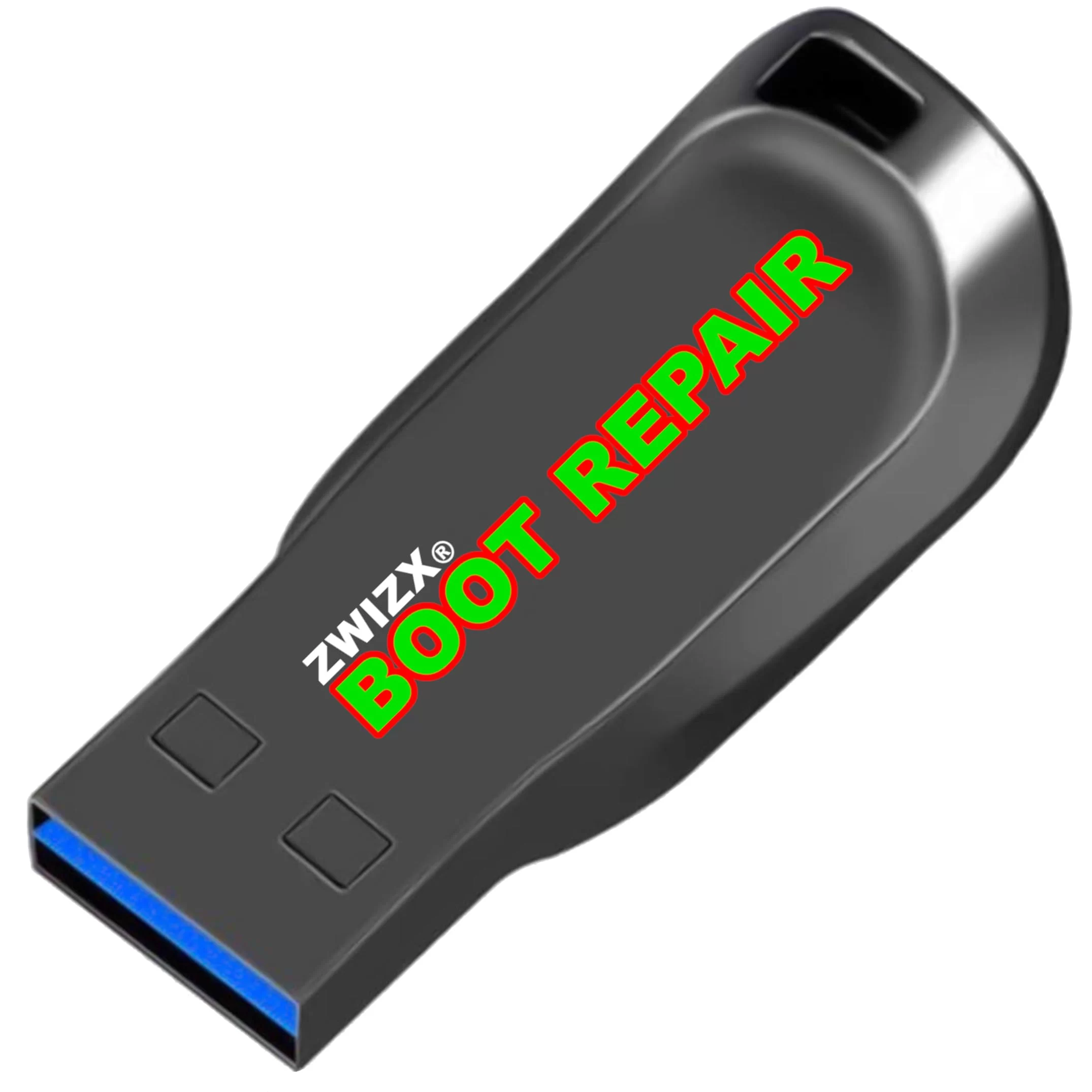How to Fix Boot Errors on Windows Using USB
- Overview of Boot Errors on Windows
- Creating a USB Boot Drive for Windows
- How to Repair Boot Errors with a USB Drive
- Troubleshooting Common Boot Issues
- Alternative Solutions for Boot Errors
- Final Thoughts and Recommendations
Overview of Boot Errors on Windows
Boot errors on Windows can be incredibly frustrating, especially if you're unable to access your system due to corrupted files, damaged boot configurations, or hardware issues. These errors can prevent your PC from starting up normally, leading to a blue screen or an endless loading loop. Fortunately, there are methods to fix these errors, and one of the most effective ways is using a USB drive to repair your system. This article will walk you through the steps to fix boot errors on Windows using a USB, offering you the solution to get your system back on track.
Creating a USB Boot Drive for Windows
Before you can fix any boot errors on your Windows machine, you'll need to create a USB boot drive. A USB boot drive allows you to run Windows recovery tools directly from the USB without needing to boot from the hard drive. Here’s how you can create one:
1. Requirements
You'll need a USB drive (at least 8GB of storage) and a working computer. Additionally, you'll need a Windows installation or recovery ISO file, which can be downloaded from Microsoft's website.
2. Steps to Create a Bootable USB Drive
Follow these steps to create a USB boot drive:
- Insert the USB drive into your computer.
- Download the Windows Media Creation Tool from the official Microsoft website.
- Open the tool and follow the instructions to create a bootable USB drive.
- Once the USB drive is ready, eject it safely from your computer.
How to Repair Boot Errors with a USB Drive
Once you’ve created a USB boot drive, you can use it to repair your system and fix boot errors. Follow these steps to start the repair process:
1. Boot from the USB Drive
Insert the bootable USB drive into the computer with the boot errors. Power on the computer and enter the BIOS/UEFI settings by pressing the appropriate key (usually F2, F10, or Del). Set the USB drive as the primary boot device and save the changes. Restart the computer.
2. Access Windows Recovery Tools
Your computer will now boot from the USB drive. Select your language preferences and click "Next." From here, click on "Repair your computer" instead of "Install Now." This will take you to the Windows Recovery Environment (WinRE), where you can access troubleshooting tools.
3. Use Startup Repair
In the recovery options, click "Troubleshoot" and then "Advanced options." From there, select "Startup Repair." Windows will attempt to fix any boot errors automatically. This process might take a few minutes, so be patient.
Troubleshooting Common Boot Issues
If Startup Repair does not resolve the issue, there are other options you can try:
1. Use Command Prompt for Advanced Repairs
In the "Advanced options" menu, you can open the Command Prompt to run specific commands that can repair the boot configuration. Here are a few commands that might help:
- bootrec /fixmbr – This command fixes the Master Boot Record (MBR), which may be corrupted.
- bootrec /fixboot – This command writes a new boot sector to the system partition.
- bootrec /scanos – This command scans for installed operating systems and repairs boot configuration.
2. Check Disk for Errors
If your hard drive has bad sectors or corrupted files, it may prevent your system from booting properly. You can use the chkdsk command to check and repair your disk:
- Type chkdsk C: /f and press Enter (replace C: with the correct drive letter).
- Allow the process to complete and restart your computer to check if the issue is resolved.
Alternative Solutions for Boot Errors
If you still cannot fix boot errors, there are a few more options to explore:
1. System Restore
If you’ve previously created a restore point, you can use the "System Restore" option from the "Advanced options" menu to return your system to a working state before the errors occurred.
2. Reset This PC
If nothing else works, you can choose to reset your computer. This option will reinstall Windows while keeping your personal files intact, though you may need to reinstall your applications.
Final Thoughts and Recommendations
Fixing boot errors on Windows using a USB drive is a straightforward process that can be done at home without needing a professional technician. By following the steps outlined in this guide, you should be able to resolve common boot issues and get your system running again in no time. If you continue to experience problems or prefer a hassle-free solution, you might want to explore professional repair options or consider upgrading your hardware.
To ensure that your system is always up and running smoothly, it’s a good idea to keep a bootable USB drive handy for emergency repairs. Click here to learn more about essential tech tools for your computer.




























